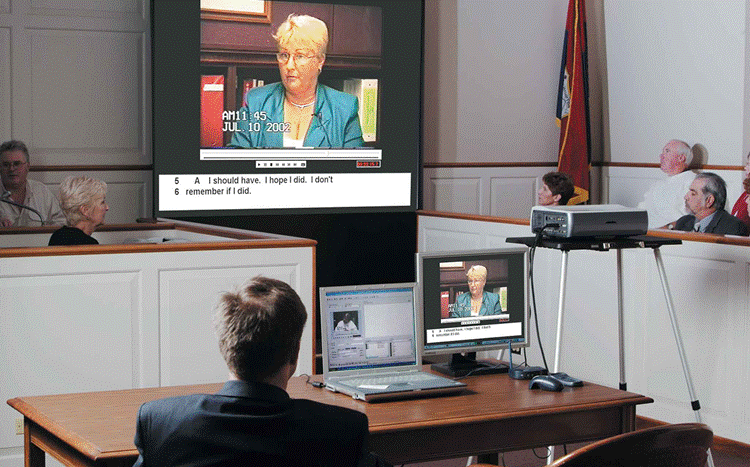When you walk into a courtroom, you expect that the person with the strongest legal argument will win the case. While that is often true, the way a case is presented can greatly influence the final outcome. A strong trial presentation can make your argument easier to understand, more memorable, and far more convincing to a jury.
Psychology tells us that people naturally think in pictures. This means that if you do not provide clear visuals during your case, jurors may form their own mental images—which may not match your argument. To prevent confusion and keep everyone focused on the same story, you must guide their thinking with clear, effective visuals.
Modern jurors also bring certain expectations with them. Many people watch television dramas or documentaries about crime and trials. As a result, they may expect photographic evidence, computer graphics, or even 3D recreations. While not every case requires these, using visual tools can help bridge the gap between your client’s story and the jurors’ expectations and that is where trial presentation software comes in. Below are some practical tips for creating compelling visuals that can make a lasting impact in court.
1. Take Control of the Message
One of the most important rules of trial presentation is to be the person who simplifies the story. If you leave too much open to interpretation, jurors may connect the dots in ways that hurt your case. Of course, there are moments when you cannot spell out every detail for legal reasons, but you should still make sure you are guiding the audience toward your conclusion.
When you take charge of simplifying the facts, you ensure that all jurors walk away with the same understanding. This creates unity and can make deliberations smoother, as the group will be working with a shared picture of the case.
2. Use Strong Themes and Titles
Titles in your presentation should do more than label a slide. They should highlight themes, pose questions, or state important points. For example, instead of using plain titles like “Timeline” or “Personal History”, try something more engaging, such as “What Motivated John Doe?”.
This type of title gives jurors a clear idea of what you will explain and sparks curiosity. Even if the judge asks you to adjust the wording, titles are easy to update. By reinforcing your themes through titles, you make sure your main points stick with the jury.
3. Keep Text Short and Clear
Slides filled with too much text can overwhelm your audience. Jurors may get distracted trying to read ahead, or they may miss what you are saying while they read. To keep attention on you, keep bullet points short and avoid long sentences.
Remember, visuals are meant to support your spoken words, not replace them. Use just enough text to highlight your key ideas, then explain them in your own words. This not only keeps the jury focused on you but also helps you stay natural and conversational.
4. Plan for Short Attention Spans
It’s a simple truth: people have limited attention spans. Even in a courtroom, jurors may lose focus if your presentation is too dry or text-heavy. To keep their attention, use graphics, charts, photos, animations, or sketches to break up the information.
Visuals give the audience something new to focus on and help them remember key details. A graph showing financial records, a diagram of an accident scene, or a timeline of events can be far more effective than paragraphs of explanation.
5. Know Your Audience
Not all jurors are the same. They bring their own experiences, beliefs, and biases with them. This means you need to craft your presentation with your audience in mind.
Think about what kind of visuals they can easily understand. For example, a medical chart may confuse some people, but a simple diagram showing cause and effect may make the same point more clearly. When your visuals connect to something familiar, jurors are more likely to accept and remember your argument.
Bringing It All Together
A well-prepared trial presentation is more than a collection of slides—it’s a carefully built story. When you provide clear visuals, you give jurors a shared experience that supports your argument. This not only keeps them engaged but also helps them retain key facts long after the presentation ends.
By taking control of the message, reinforcing your themes, keeping text simple, using engaging graphics, and tailoring your content to your audience, you can guide jurors toward a verdict that favors your client.
In the end, a great trial presentation doesn’t just show evidence—it shapes the narrative. And in the high-stakes environment of the courtroom, shaping that narrative can be the deciding factor that turns the case in your client’s favor.

